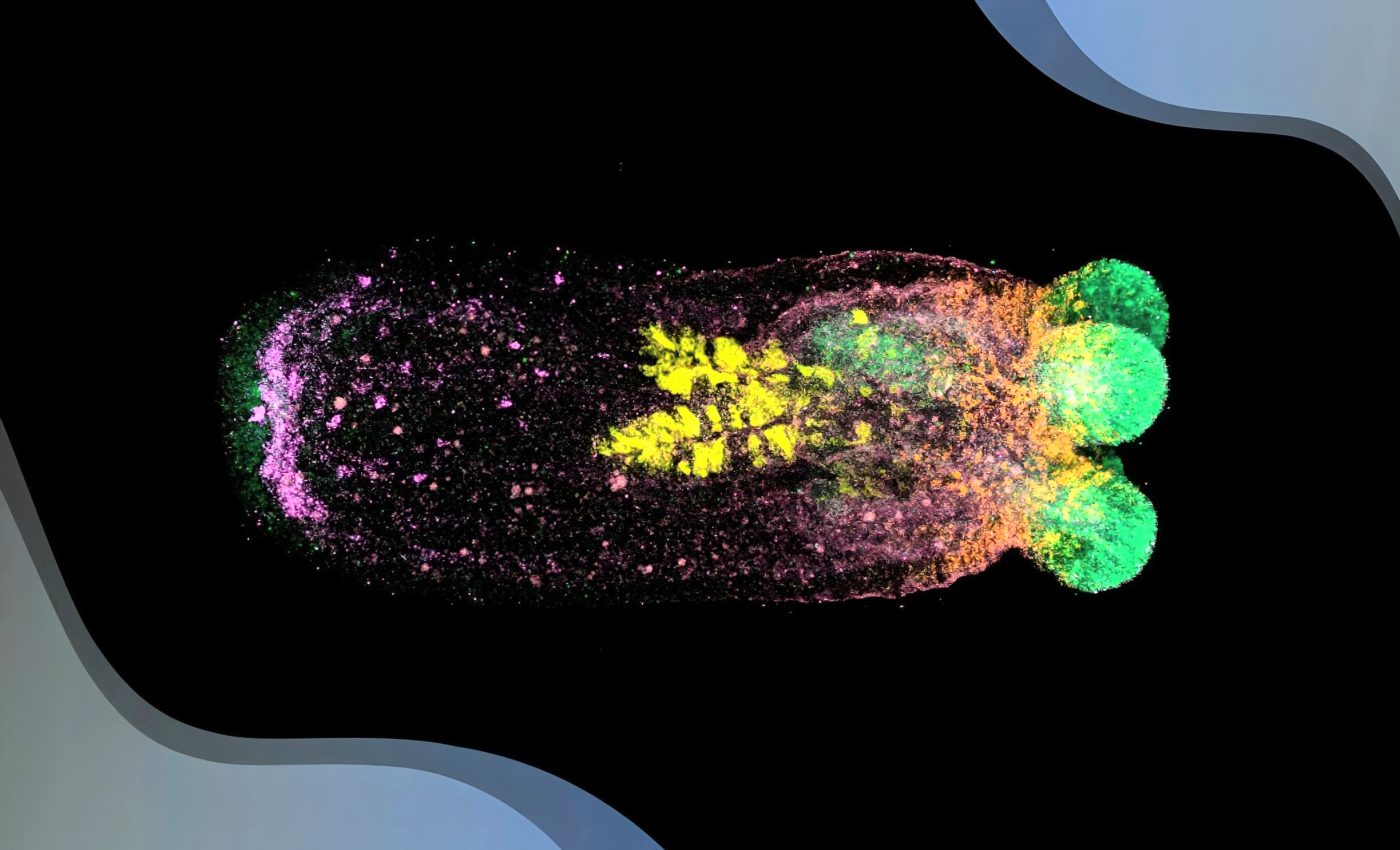
Sea anemones can regrow their entire body in its original shape
The human body excels at maintaining internal balance in a process known as homeostasis. This vital mechanism keeps our core temperature steady at 37°C, regardless of external conditions.
But now, breakthrough research from the Ikmi Group at EMBL Heidelberg reveals that homeostasis goes beyond internal regulation – it can actively redefine an organism’s shape.
The starlet sea anemone (Nematostella vectensis) provides a stunning example of this phenomenon. Renowned for its extraordinary regenerative abilities, this creature can regrow a lost head or foot and even rebuild a complete, functional body from a sliced fragment.
But unlike many regenerating animals that restore parts in proportion to what remains, the sea anemone reshapes its entire body to preserve its overall form, even adjusting undamaged areas.
Regeneration in sea anemones
“Regeneration is about restoring function after tissue loss or damage,” explained Aissam Ikmi, EMBL Heidelberg Group Leader and senior author of a new study published in the journal Developmental Cell.
“Most research studies mainly consider patterns and sizes in regeneration, but our findings show that maintaining shape is also crucial – and it’s something the organism actively controls.”
The discovery started when Stephanie Cheung, a doctoral researcher in Ikmi’s group, noticed an unexpected phenomenon: when a sea anemone’s foot was injured, cell division occurred not only at the wound site but also at the opposite end of the body near the mouth. This hinted at signals being sent across the entire organism in response to injury.
Molecular changes triggered by injury
Using spatial transcriptomics and advanced imaging techniques, the research team mapped gene activity across the anemone’s body during regeneration.
They found that injury triggered molecular changes both near and far from the wound. Cells moved, tissues reorganized, and the entire body reshaped itself to maintain its original proportions.
The extent of this reshaping depended on the severity of the injury. Losing a foot caused mild adjustments, while being cut in half led to significant remodeling.
A key player in this process was a family of enzymes called metalloproteases, which became more active as more tissue was lost. These enzymes helped realign tissues, not just at the wound site but throughout the body.
“Metalloprotease activity has never been shown before in animals like this,” said Petrus Steenbergen, one of the study’s lead authors and an Ikmi Group Senior Research Technician.
“I had to design and optimize experimental conditions for Nematostella based on the sparse literature available from other species. This took some time, but the final results were very rewarding.”
Sea anemones restore their shapes
The team discovered that the sea anemone prioritizes restoring its shape, even after significant injury.
By measuring the aspect ratio – the ratio of length to width – they found that the anemone consistently returned to its pre-injury proportions. This proportional response allowed the organism to maintain its shape, even if it became smaller.
“We were able to witness the body-wide coordination that drives this remodeling,” Ikmi explained. “This proportional response allows the anemone to restore its shape, highlighting how organisms like Nematostella interpret and respond to tissue loss in a way that’s scaled to the damage incurred.”
Collaborative efforts and advanced techniques
The study was a collaborative endeavor. Rik Korswagen’s team at the Hubrecht Institute in the Netherlands helped implement spatial transcriptomics in the sea anemone.
Additionally, Oliver Stegle’s team at EMBL Heidelberg and the German Cancer Research Center (DKFZ) provided bioinformatics expertise and statistical methods to analyze spatial gene expression data.
“It was a pleasure to puzzle out the findings of the study together by uniting the team’s expertise in data analysis and cell biology,” said Tobias Gerber, another of the study’s lead authors. “This work was a truly collaborative journey, and I am glad I was part of it.”
Questions remain about sea anemone regeneration
While the research offers fascinating insights into how Nematostella maintains its shape during regeneration, it raises new questions.
“The next big question is why maintaining shape is so important,” Ikmi said. “And how does the organism sense its own shape? How does it know what it currently looks like?”
With the starlet sea anemone as their model, the team is eager to explore the mechanisms underlying these abilities. Their work holds promise for understanding how organisms heal, maintain balance, and adapt to injury, potentially unlocking new avenues in regenerative medicine and biology.
Matthew Be
Image Credit: Matthew Benton/ EMBLtMatthew Bentonhew Benton/EMBL : M: Matthew Benton/EMBLatthew Matthew BentonBenton/EM
—–
Like what you read? Subscribe to our newsletter for engaging articles, exclusive content, and the latest updates.
Check us out on EarthSnap, a free app brought to you by Eric Ralls and Earth.com.
—–













